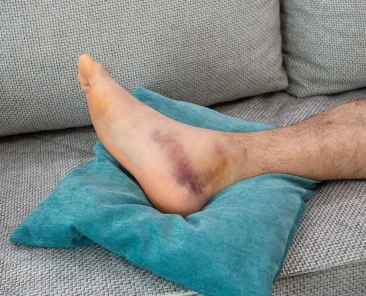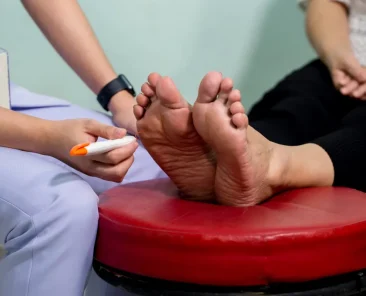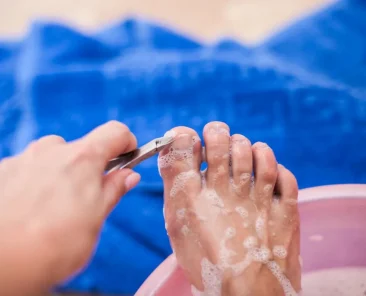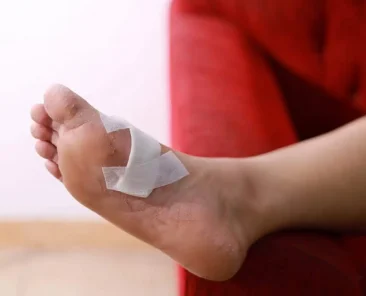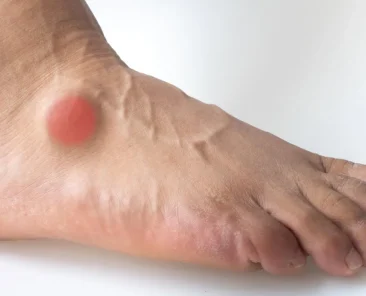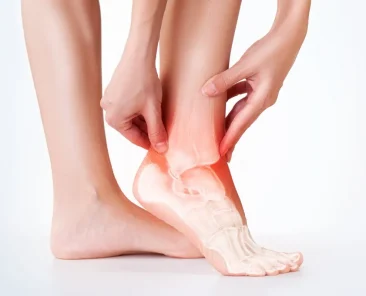A dislocated ankle occurs when there is an abnormal separation between the bones that form the ankle joint.
Idiopathic neuropathy is a form of peripheral neuropathy where damage to the peripheral nervous system occurs without an identifiable cause.
An ingrown toenail occurs when the edge of the nail grows into the surrounding skin, causing pain, redness, and potential infection.
A diabetic foot infection occurs when bacteria enter the skin through a wound, ulcer, or break in the foot’s protective barrier. For individuals with diabetes, these infections pose particularly serious risks due to several interconnected factors that compromise the body’s natural healing and defense mechanisms.
A bone spur on top of foot, medically known as an osteophyte, is a bony growth that develops as your body’s response to extra stress or irritation. Unlike the heel spur that forms on the heel bone, these spurs develop on the top of the foot, often affecting the midfoot area where small bones connect.
While Ozempic feet represents a real concern for some patients taking GLP-1 medications, it’s a manageable condition with proper professional care.
In our practice, approximately 15-20 patients per week seek treatment for top-of-foot pain. The good news is that most cases respond well to treatment when properly diagnosed and managed.
Inner ankle pain typically stems from problems affecting the structures on the medial (inside) side of the ankle. The most common culprit is posterior tibial tendonitis, a condition that affects the tendon responsible for supporting the arch of your foot.
